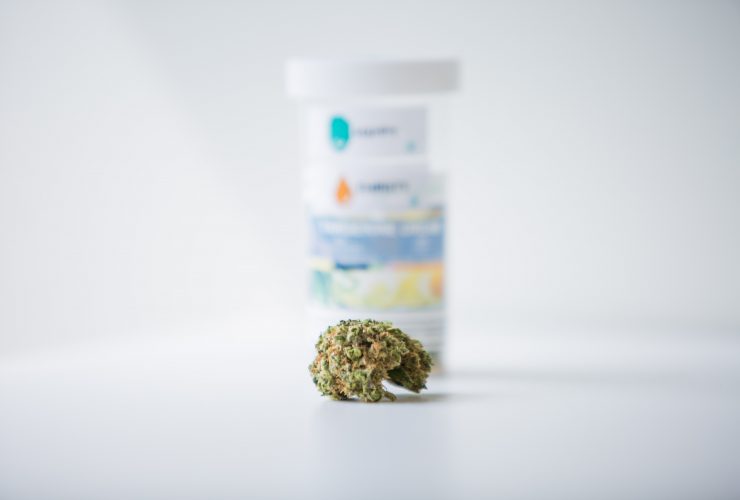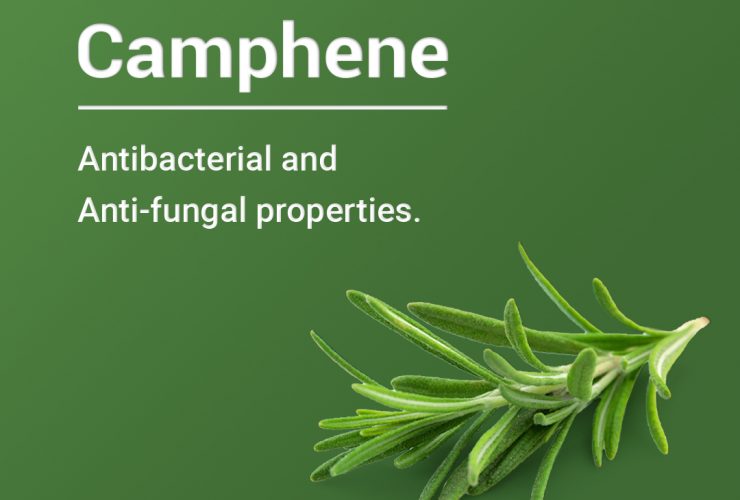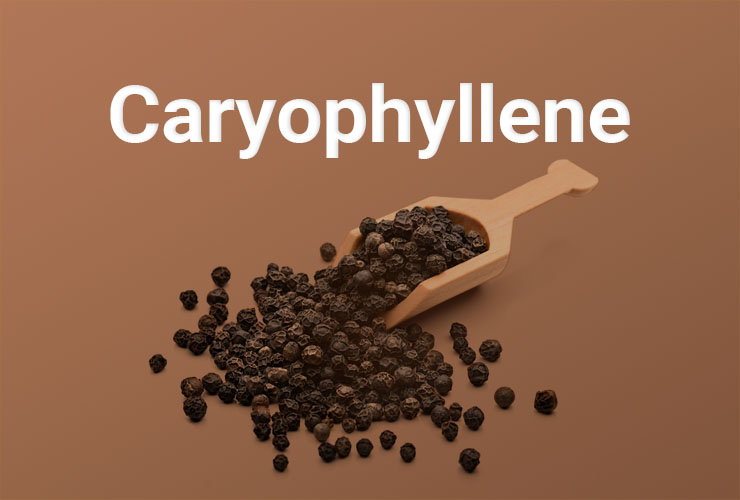Label Literacy: How to Decipher Canadian Cannabis Labels

Written by
Label Literacy: How to Decipher Canadian Cannabis Labels
By: Ashley Keenan
Health Canada has a fairly strict list of packaging and labeling instructions for cannabis producers. The labels can look a little crowded, however their design is to improve consistency among producers and aid in consumer comprehension. Understanding and complying with government guidelines is a crucial production aspect for all cannabis providers to consider. Relaying the required information is about more than just being complaint, it also helps inform consumer decision making.
Compliant cannabis labels have several components; product information, ingredients, standardized THC symbol (when required), health warning message, and net content. Most of these components are fairly self-explanatory, most of consumer confusion is in interpreting the cannabinoid content.
Here’s what you need to know to take the mystery out of cannabis labels.
Actual vs Potential Cannabinoid Percent
Dried flower has two percentages on their labels, actual cannabinoid content and a potential percent. The ‘actual’ percentage represents the dried flower in its unprocessed state, it is typically rather low and represents the amount of THC or CBD in a product as-is.
Cannabinoids are activated when heated, so the labels also indicates the potential potency of THC or CBD when it is activated, whether through heat or processing. This is why the actual and potential percentages are the same on oils and concentrates, since they have already been processed before distribution.
Indica Dominant vs Sativa Dominant vs Hybrid
Cannabis labels may indicate what kind of strain category the product belongs to, as well as the specific strain name given by the producer. The categorization of whether a product is sativa, indica, or hybrid is believed to affect the experience a consumer has with the product. Sativa strains are explained as more ‘energizing’ while indica strains create a more relaxing effect. While strains types are uniform among producers, strain names are not standardized so understanding cannabinoid content is key for label literacy.
Net Content and Expiry Date
All cannabis packaging will have a packaging date, which indicates the date the product was packaged but does not when it was harvested or processed. Health Canada doesn’t require an expiry date, so many producers do not include them. When included they are provided, they communicate the stability of the product referring to potency over time.
Net content pertains to the weight or volume of the cannabis product, which is fairly straightforward for cannabis capsules and oil products. The net content for dried flower has an estimated variance of 5-10% deemed acceptable by Health Canada.
Terpene Breakdowns
Historically the kind of strain has been believed to influence the kind of ‘high’ the consumer feels, however as more science is known there has been increasing interest in terpene levels. In addition to the required percentages of THC and CBD, there are some producers who further break down the cannabinoid content. Cannabinoids such as CBN, THCV, THCA, CBDV and others are listed at the discretion of the producer. Increasing importance and emphasis is also being placed on terpenes, responsible for cannabis scent profiles and certain healing properties. As a result a cannabis label might include percentages of terpene profiles, showing the concentration of myrcene, linalool, pinene and limonene.
Just like being able to read and understand a nutritional label is important, so is label literacy for cannabis consumers. By producing labels that are clear and easy to digest, businesses increase their consumer comprehension in addition to being complaint.


